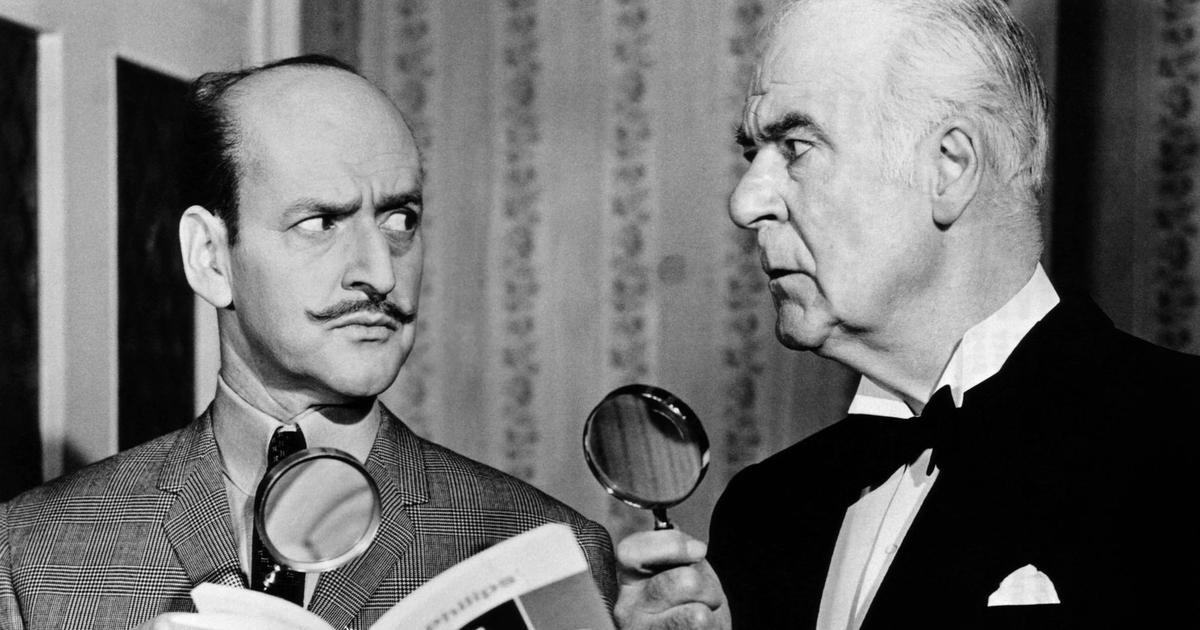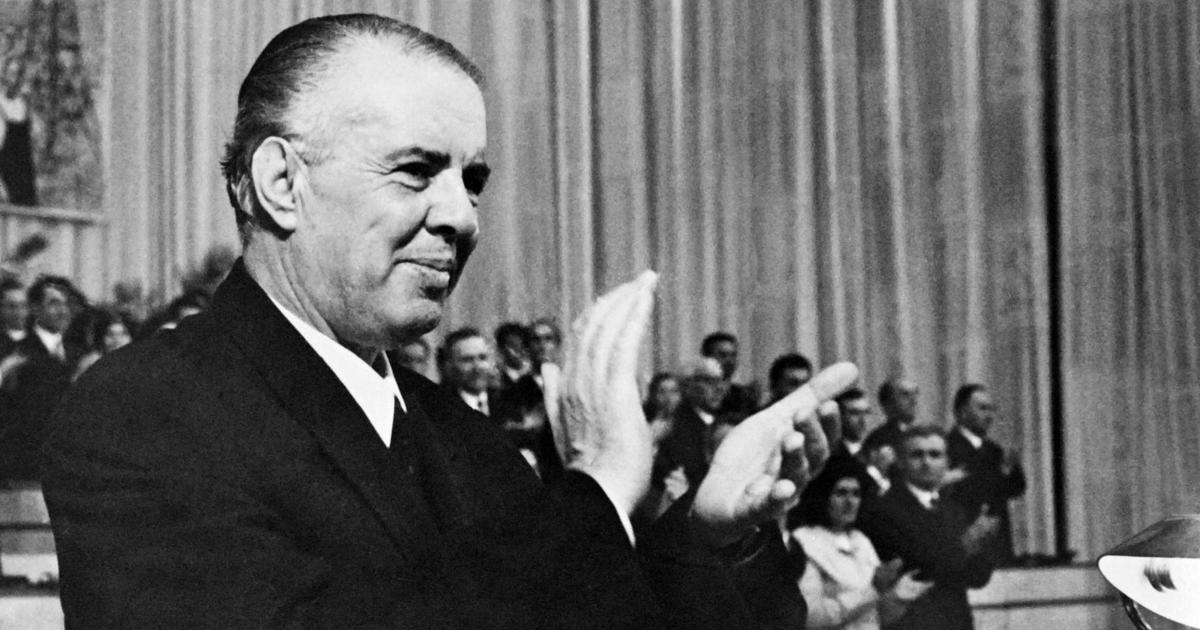“Are we waiting”
or
“are we waiting”
?
“Enjoy it”
or
“Enjoy it”
?
Should we put a
“t”
between the verb and the personal pronoun?
Similarly, when should we put the letter
"l"
?
As often, spelling plays tricks on us.
You have probably had doubts about the use of one or the other of these two forms.
So as not to be mistaken,
Le Figaro invites
you to take stock of the famous euphonic letter.
Opposed to
"cacophony"
or
"dissonance"
,
"euphony"
comes from the Low Latin
euphonia
which literally means
"softness of pronunciation".
.
It is a
“phoneme which facilitates the transition between two consecutive sounds”
, as can be read on the Trésor de la langue française.
To discover
Crosswords, arrow words, 7 Letters... Free to play anywhere, anytime with the Le Figaro Games app
The use of euphonic consonants -
"s"
,
"t"
, and
"l"
- avoids any hiatus, that is to say a break in the fluidity of a sentence - each time a word ends by a vowel.
For example, in the imperative form
"vas-y"
, the letter
"s"
was added when it was not part of the verb
"to go"
conjugated to the imperative:
"go!"
Read alsoWill the conditional disappear?
Small reminder of the uses related to euphonic consonants.
There are three letters, each of which has a particular function.
The letter
"l"
, purely expletive, which is placed by euphony before the pronoun
"on"
to avoid the meeting between two vowels.
It makes it possible to avoid formulas such as
"since we drive"
that it is better to write
"since we drive"
.
Or
“the restaurant where we are”
rather than
“the restaurant where we are”
.
However, it is not compulsory.
The letter
"s"
occurs more often with the imperative of certain groups of verbs, especially before the pronouns
"en"
and
"y"
.
For example:
“Take some!”
,
“go ahead!”
, or
“eat it!”
while verbs do not take "s" in the imperative.
Finally the letter
"t"
, the most common, which is often found between a verb and the subject pronoun in inverted position.
For example,
"Does he like to run?"
.
Note that it must be between two divisions, and not between a division and an apostrophe (example:
“likes-t-il”
).
Indeed, here there is no eaten letter.
The apostrophe is used only if the
"t"
is the reduced form of
"te"
in pronominal verbs:
"Va-t'en"
(from the verb
"to go away"
) or
"méfie-t'en"
( of the verb
“to be wary”
).
This makes it possible to make the grammatical distinction with the letters whose function is purely euphonic.
Thus, we will write:
"How is he?"
,
“what does she prefer?”
.
Ditto for
"A-t-il"
which is always written between two hyphens.
Be careful, in some cases, we do not put the
"t"
when we already hear the sound [t] as in the case of conjugated verbs ending with the letter
"d"
like
"hear-on"
,
"correspond-il ”
, or
“do we learn”
.
Same for
“do we do”
or
“do we see something?”
.









